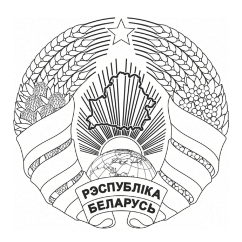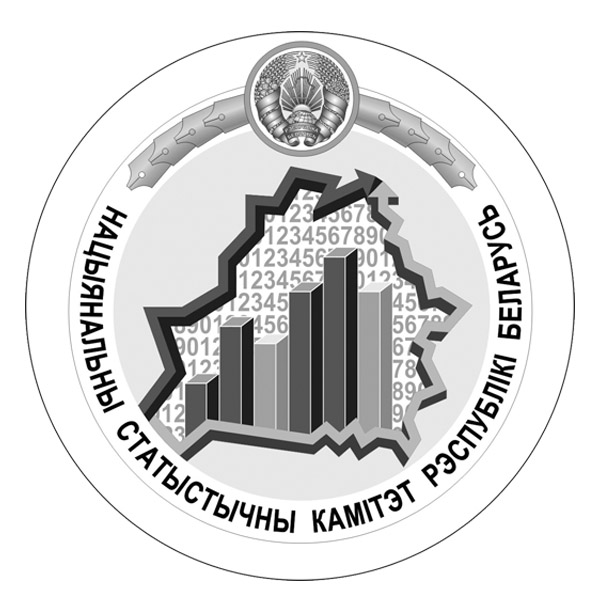Sample Household Living Standards Survey
On conducting of household sample survey in the Republic of Belarus
To conduct active social policy, it is vital to study living standards of the population and its material well-being. In this connection, starting 1932 a family (household) sample survey has been carried out in all countries of the former USSR. Today, this type of survey is the only information basis for studying of population living standards. Household sample survey has been constantly evolving, i.e. the number of surveyed families has been gradually increasing while the methodological approaches to sample design and survey tools development has been changing.
Starting 1995 the National Statistical Committee of the Republic of Belarus has been conducting a sample survey of 6000 households on a yearly basis according to the methodology complying with international standards. The survey is carried out in all regions of the Republic of Belarus and Minsk City covering 49 cities, towns and urban-type settlements as well as 53 rural Councils.
In accordance with international standards, survey data collection and processing system were altered as well as sample designing method. Instead of branch principle that had been employed earlier, probability (random) sampling method was introduced where sampling units are determined based on the probability proportionate to population size. This method ensures sample representativeness at national and regional levels, sample results independence and intentional error avoidance.
Household participation in the survey is on a voluntary basis. Sampled households are surveyed for a year and then are subject to replacement (rotation).
To conduct a sample survey, households’ residential addresses are sampled.
An overall number of the households living in the Republic of Belarus (according to the results of the latest population Census of the Republic of Belarus) forms universe general population during sampling with an exception of collective households and students residing in dormitories.
Sampled population forming 0,2% of universe general population is annually arranged by the Belstat.
Prior to visiting the household, a specialist conducting the survey sends each sampled household a copy of a letter with a request to participate in the survey. The letter contains a brief description of household sample survey procedures organized in the Republic of Belarus and a presumable date of first visit.
Once a year, as the survey starts, the specialists of the Belstat carrying out the survey perform a core interview to complete a state statistical observation form “Questionnaire for core interview” with the subsequent 4 quarterly interviews to complete a form “Quarterly questionnaire on household expenditure and income”.
A member of the household is asked to keep a Daily expenditure diary for two weeks each quarter and a Quarterly expenditure diary during a quarter.
During the survey the following information about various aspects of household activities is collected: demographic characteristics (household size and composition, sex, age, marital status, educational level, household members’ status in employment), housing conditions, personal subsidiary plot, property, household expenditure and income.
State statistical bodies guarantee confidentiality of the information provided by the households which is used exclusively for summary statistics compilation.
The information obtained from household sample survey is used to analyze the influence of the newest social processes on population living standards and to develop corresponding policy aimed at social protection of various population groups; to compile household accounts in the system of National Accounts; to calculate consumer price index for goods and services as well as in other economic and statistical computations. The survey is the only source of statistical data on distribution of the population by the level of material well-being and on population poverty level.
Household sample survey data are disseminated through publication of statistical books and bulletins as well as through posting on the Belstat website.

